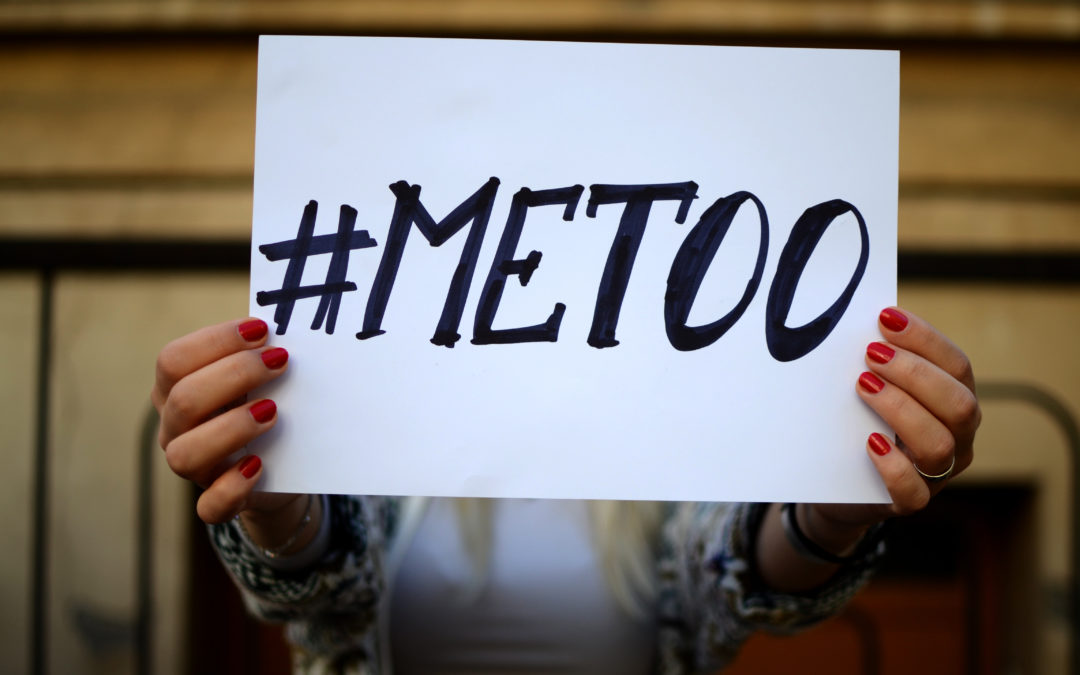A lot has happened in the two years since actress Alyssa Milano set off a viral maelstrom of conversation, introspection, legislation and litigation about sexual misconduct in the workplace after asking her Twitter followers to respond “me too” if they’ve been sexually harassed. To say the #MeToo movement forever altered the way society views sexual misconduct is an understatement.
One of the many positive effects of the #MeToo movement is that companies have finally started to view harassment as more than just as a potential legal liability. Now, they see it as a serious threat to reputation and business.
Not surprisingly, much has been said and written about “corporate culture” and its role in enabling and shielding wrongdoers. But from where I sit, it’s been little more than the usual platitudes about the need for organizations to align employees around core values and create cultures of equality and respect. These turnarounds were unquestionably needed and long-overdue, but have they truly made a difference?
Organizations must also strive to build cultures in which employees understand the importance of reputation, are attuned to risks that jeopardize it and feel responsible for speaking up when necessary to protect the organization against reputational crises like #MeToo.
A version of this article originally appeared in PRSA’s Strategies & Tactics.
Build a Risk-Sensitive Culture To Head-off #MeToo and Other Crises
By Jon Goldberg
A recent study examined how employee communications affect workers’ perceptions of their employers regarding #MeToo issues and the systems companies have in place for reporting sexual harassment.
According to the study, conducted by the Institute for Public Relations’ Organizational Communication Research Center, organizations that regularly communicate to employees that sexual harassment is not tolerated and remind them there are mechanisms in place for bringing such abuses to light can expect to have fewer #MeToo incidents
The researchers offered three recommendations based on their findings:
First, companies should always take employees’ questions and concerns about sexual harassment seriously.
Second, companies should provide all employees with annual training on sexual harassment and how to report it.
And, third, companies should communicate consistently that they care about employees’ well-being and are committed to maintaining workplace cultures in which all people are treated equally.
No question, these are all necessary things to do. The most surprising revelation, perhaps, is that there are companies that still need to be reminded to do them.
But when it comes to preventing inappropriate conduct in the workplace and preventing episodes from being swept under the rug, sound HR practices only go so far. A more effective approach is to create an organizational culture in which people at every level are sensitive to sexual harassment and the multitude of other risks — human and otherwise — that imperil an organization’s reputation, business and employee livelihoods. Organizations that build risk-sensitive corporate cultures motivate employees to become part of the solution.
Employees biased toward action
In a risk-sensitive culture, employees believe that protecting corporate reputation and welfare is everyone’s job. They understand that they are part of a larger risk management system and are given the tools and knowledge to detect, assess and respond to the myriad risks they encounter in their day-to-day work before they become bigger problems.
In companies with risk-sensitive cultures, employees are biased toward action, not inaction. When they see something, they say something.
But a risk-sensitive culture doesn’t just happen. Here are four keys to getting things moving in the right direction:
Communicate clear expectations and guidelines
Make sure employees know what’s expected of them when it comes to safeguarding the company’s reputation. Give them the tools and training they need so they will understand what to look for and what to do when they see a potential problem, whether it falls in their own direct area of responsibility or elsewhere.
In strong risk management cultures, employees take ownership of their own risks as well as their colleagues’. They understand the process for calling attention to issues when necessary and the potential costs — reputational and otherwise — of not doing so.
Build risk management into daily decision making
No one wants to acknowledge that the exciting new initiative they are working on could somehow go off the rails. Giving employees a simple question-based framework to help them think through the potential risks that could arise from a particular decision, action or policy change can go a long way to preventing future headaches.
Requiring managers to subject larger projects to a more comprehensive and documented risk assessment process as a condition of budget approval is a good way to be sure that risks don’t receive short shrift.
Model sound risk behaviors
Train managers to serve as risk management role models by being available, approachable and supportive when potential problems surface. Their focus should be on making sure that issues are properly addressed, not on pointing fingers or covering tracks.
The time to analyze what happened, why, and who or what was responsible will come later. Recognize successes to reinforce best practices. Use failures as opportunities to learn and fine-tune internal systems and training.
Keep values front and center
Review and update the organization’s core values if necessary and set them out for employees as a compass for decision-making. A company’s mission and values give workers a familiar, consistent set of touchstones for determining whether a particular situation is inconsistent with corporate norms and expectations— as with a #MeToo issue.


Recent Comments